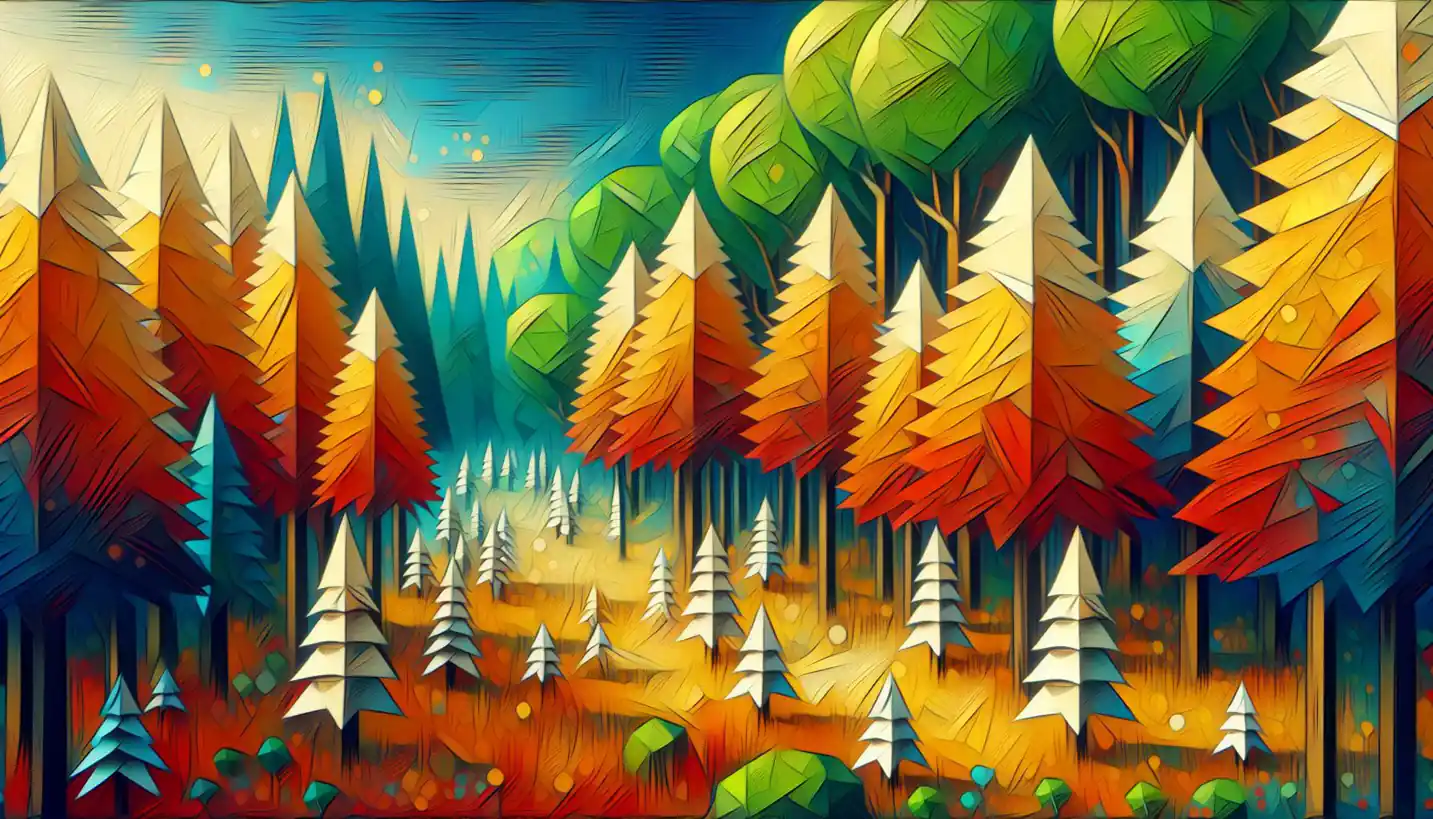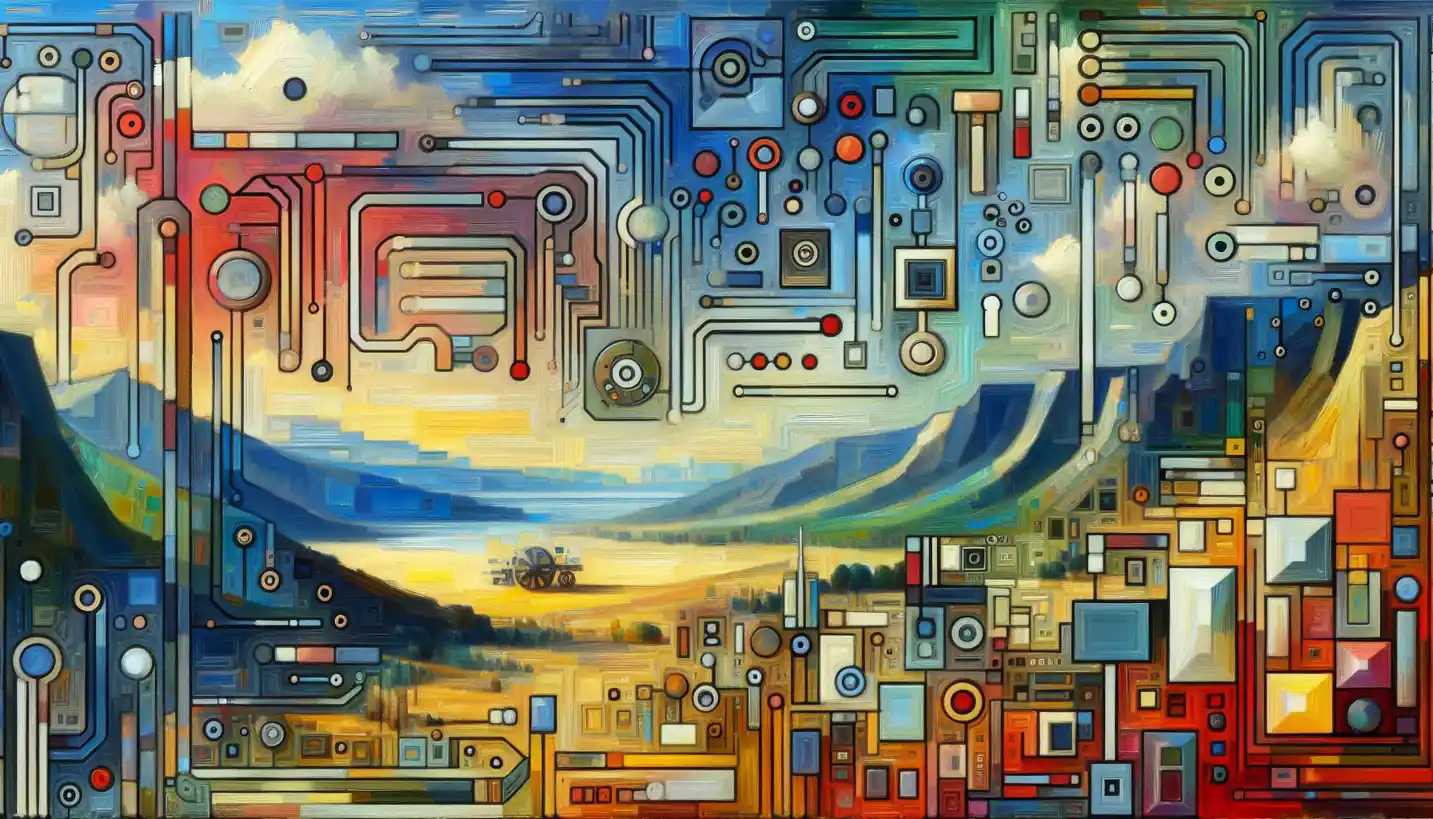· Art · 5 min read
Egg Tempera: Exploring the Magic of Ancient Art Techniques
Egg tempera mixes pigment with egg yolk, creating durable, radiant art. Uncover this ancient method’s impact on the vividness and lasting beauty of classical works.

Let’s dive into the fascinating world of egg tempera, a painting technique that has been captivating artists for centuries. This method, often overshadowed by oil paints, has a rich history and a unique charm that makes it worth exploring. In this article, we’ll unravel its secrets, discover its historical significance, and see why it still enchants artists today.
Egg tempera is one of those art methods that takes us back to a time when artists were also chemists, mixing their own paints from scratch. The name gives a hint about its main ingredient: eggs. But it’s not just any part of the egg we’re interested in, it’s the yolk—the golden center that, combined with pigments, creates a smooth and vibrant paint.
A Historical Glimpse: From Ancient Egypt to the Renaissance
Think back to a time long before modern conveniences. In ancient Egypt, during the Middle Ages, and well into the Renaissance, egg tempera was the paint of choice for artists. It adorned the walls of tombs, brought religious icons to life, and helped tell stories through vibrant colors. Why did artists prefer it? Its durability and luminous finish were unlike anything else available at the time.
Famous works from renowned painters like Botticelli and Giotto owe their lasting beauty to egg tempera. These artists mastered the technique, using it to bring depth and life to their creations. The paint drys quickly and forms a tough, lasting surface. Imagine handling these ancient paintings today and seeing the same vibrant hues that people admired hundreds of years ago!
The Science Behind Egg Tempera
So, what makes egg tempera so special? It boils down to the chemistry between the egg yolk and the pigments. The yolk acts as a binding agent, holding the pigments together and helping them adhere to the painting surface.
Egg yolks are rich in proteins and fats, which create a natural emulsion. When pigments, typically fine colored powders, are added, they blend into a creamy consistency that’s perfect for detailed work. Compared to oil paints, which offer a glossy finish, egg tempera gives a subtle, matte look that can achieve fine, intricate details.
Exploring the Technique: Mixing and Application
Creating egg tempera is like following a secret family recipe passed down through generations. First, artists separate the yolk and remove the surrounding membrane. Then, they mix it with water and add pigments to make their paint. This process allows for a personal touch, with every artist having their own variations to achieve different effects.
Applying egg tempera requires patience and precision. Artists use thin layers of paint, building up colors gradually. This creates a luminescent effect, almost like light shining through layers of stained glass. Each layer dries swiftly, making it easy to add fine details without waiting long periods between applications.
Why Egg Tempera Is Still Relevant Today
You might wonder why, in a world filled with diverse painting options, artists still choose egg tempera. It’s all about the control and refinement it offers. Egg tempera allows artists to create incredibly detailed work, which is ideal for portraits, religious icons, and any project requiring precision.
Moreover, egg tempera has a sense of history and tradition that captivates many artists. Working with this medium connects them to a lineage of creators stretching back thousands of years. It’s a way to embrace the past while crafting something new and personal.
The Environmental Angle
In today’s world, sustainable practices are more important than ever. Egg tempera fits well within this philosophy. Unlike modern synthetic paints, it uses natural ingredients and has a low environmental impact. Artists can mix only what they need, reducing waste, and use materials that are largely biodegradable.
Tips for Aspiring Egg Tempera Artists
If you’re inspired to try this ancient technique, here are a few tips to get started:
Start Small: Work on small pieces until you get comfortable with the technique. Egg tempera can take time to master, but the learning process is rewarding.
Experiment with Pigments: Test different pigments to see how they react with the yolk and the surface. Each pigment has its own unique characteristics.
Patience is Key: Building layers slowly is crucial for the luminosity egg tempera is known for. Enjoy the process and watch your artwork come to life gradually.
Egg Tempera in the Modern Art Scene
Egg tempera might not be as common as other mediums, but it’s making a comeback in niches of the art world. Contemporary artists are rediscovering its potential, using it to produce works that blend historical techniques with modern themes. This fusion of old and new breathes fresh life into the medium, making it relevant once again in galleries and art shows.
Final Thoughts: The Timeless Allure of Egg Tempera
Exploring egg tempera is like opening a window into the past while creating something entirely your own. It’s a technique that demands patience and offers rewards in the form of rich, enduring colors. For artists eager to connect with history and produce artwork with a unique depth, egg tempera is a magical choice. Who knows what new masterpieces it might inspire in the hands of today’s creators?
If the idea of mixing paints from scratch and working with an ancient technique intrigues you, why not give egg tempera a try? You might just find yourself captivated by its charm, much like the artists who mastered it centuries ago.


